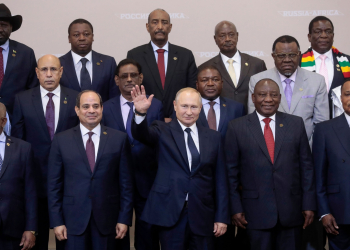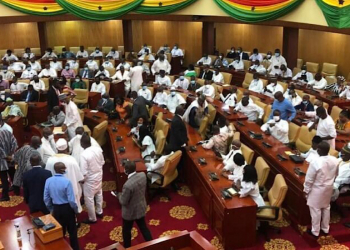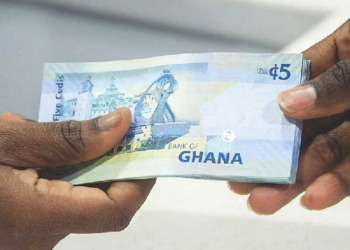The banking industry’s stock of Non-Performing Loans (NPLs), increased by 24.5 percent between April 2016 and April 2017, the Bank of Ghana’s latest banking sector report has shown.
The industry’s NPL went up from 5.74 billion cedis in April 2016 to 7.15 billion cedis in April 2017.
According to the report, the private sector accounted for as much as 97.5 percent of banks’ Non-Performing Loans in April 2017.
This represents a 12 percent increase from the 86.9 percent recorded in the same period in 2016.
A further breakdown of the debts accounted for by the private sector also revealed that indigenous enterprises accounted for a significant share of 78.9 percent.
The private sector contributed to the high NPLs despite the fact that its share of credit offered by banks dropped from 86.6 percent to 86.3 percent between April 2016 and the same period in 2017.
Meanwhile, the proportion of banks’ Non-Performing Loans attributable to the public sector dropped to 2.5 percent in April 2017; from 13.1 percent in April 2016.
This the Central Bank attributed to the restructuring of the Tema Oil Refinery (TOR) and Volta River Authority (VRA) debts owed the banks.
Also, the share of NPLs accountable by households was 5.6 percent in April 2017; from the 7.6 percent in April 2016.
However, the three sectors that accounted for the greater proportion of banks’ credit and contributed the highest to NPLs were commerce and finance, services and electricity, gas and water sectors.
For commerce and finance, its share of NPLs dropped from 41.3 to 38.3 percent over the period under review.
The electricity, gas and water sectors accounted for 15 percent of the total NPLs though the sector received 13 percent of banks’ credit.
The services sector contributed 12.8 percent of banks NPL stock after receiving 17.9 percent of total credit in April 2017.
Together, the NPLs of the three sectors represented 66.2 percent of the total NPLs of the banking sector during the review period.
According to the Bank of Ghana, the private sector remains the largest recipient of banks’ credit.
Its share declined marginally to 86.3 percent from 86.6 percent in April 2016.
The bank’s share of credit to households declined to 14.2 percent in April 2017 from 15.4 percent over the review period.
The share of the bank credit to government and public institutions increased to 6.4 percent from 4.7 percent.
Credit to public enterprises however declined to 7.4 percent from 8.7 percent during the review period.
Join GhanaStar.com to receive daily email alerts of breaking news in Ghana. GhanaStar.com is your source for all Ghana News. Get the latest Ghana news, breaking news, sports, politics, entertainment and more about Ghana, Africa and beyond.
(Via: CitiFM Online Ghana)




